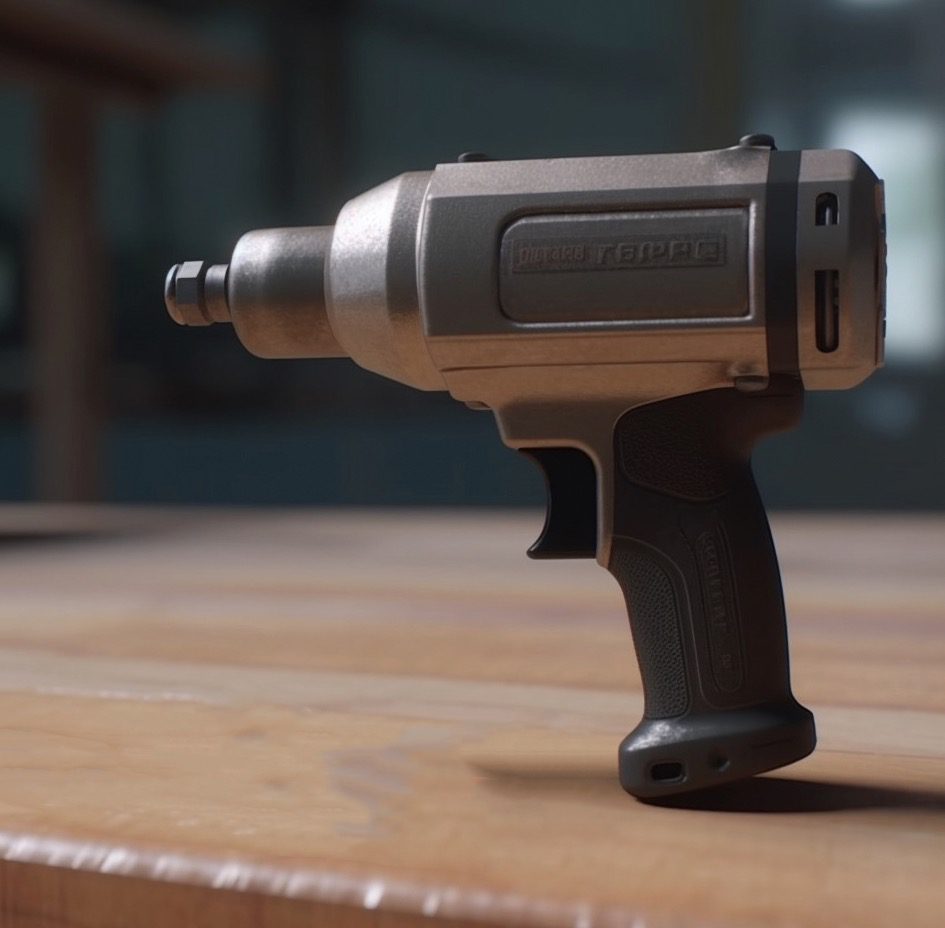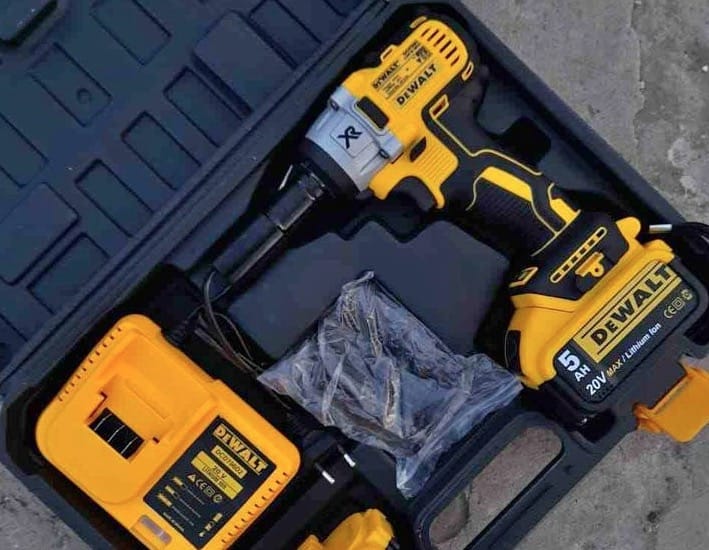From hauling cargo cross-country to conquering off-road trails, trucks are the kings of versatility.
With all that these road warriors are capable of, it’s no surprise that their lug nuts need to be in perfect shape to handle the workload.
The thing is that when it comes to a truck’s lug nuts, it’s not just about cranking down and hoping for the best; there are multiple factors that come into play when it comes to getting that perfect torque.
In this article, we’re serving up a hearty helping of knowledge on properly tightening those lug nuts, keeping your truck safe and performing at its best. So, sit back, relax, and let’s dive into the nitty-gritty of truck lug nut torque.
Factors That Affect Lug Nut’s Torque in a Truck
So, you’re curious about what goes into tightening lug nuts on a truck, huh?
It’s not just a matter of cranking down and hoping for the best; there are multiple factors that come into play when it comes to getting that perfect torque for a truck’s lug nuts.
Diving into these factors, this article will serve up a hearty helping of knowledge on properly tightening those lug nuts, keeping your truck safe and performing at its best.
Let’s see what those factors are:
- Wheel size and material: Size matters, folks, and so does the material! Bigger wheels and heavier materials can require a bit more torque.
- Lug nut size and type: Different lug nut sizes and types mean unique torque requirements. We’ve got conical seat lug nuts with a typical torque range of 70-100 ft-lbs, spherical seat lug nuts that follow suit, flat seat lug nuts that might need a different torque setting, and extended thread lug nuts for those thicker mounting surfaces.
- Vehicle weight and usage: The weight of your truck and how you use it can also throw its hat in the torque ring. Hauling heavy loads or tearing it up off-road? You might need to give those lug nuts a little extra torque.
How Much Torque for Truck Lug Nuts
There’s a delicate balance between too tight and too loose when it comes to lug nuts, especially for trucks.
The reason being, trucks have to withstand heavy loads and challenging road conditions, making the lug nuts’ tightness crucial for wheel stability and safety.
So, finding that sweet spot is essential for maintaining your truck’s performance and safety.
Now, let’s break down the general torque guidelines for different types of trucks:
- Light trucks: For lighter trucks, like pickups and small commercial vehicles, the lug nut torque typically ranges between 80 to 120 ft-lbs.
- Medium trucks: In the case of medium-sized trucks, such as delivery trucks or utility vehicles, the torque requirements might be a bit higher. You can expect lug nut torque settings to fall between 120 to 180 ft-lbs.
- Heavy trucks: When it comes to heavy-duty trucks designed for towing, hauling, or other demanding tasks, you’ll need even more torque to ensure those lug nuts are secure. For these beasts, lug nut torque settings can range from 180 to 300 ft-lbs or higher.
As always, refer to your owner’s manual for the exact torque requirements for your truck.
Tools for Achieving Proper Torque
So, what tools do you need to achieve that perfect torque in the lug nuts of a truck?
Well, if you’re interested, here’s the list:
- Torque wrench: The star of the show, the torque wrench is your go-to tool for achieving the proper lug nut tightness. This handy device lets you dial in the exact torque setting you need, ensuring you hit that sweet spot every time.
- Impact wrench: While not as precise as a torque wrench, an impact wrench can be a real time-saver when removing or initially tightening lug nuts. Just be cautious not to over-tighten, and follow up with a torque wrench to achieve the perfect torque.
- Socket set: Make sure you’ve got a socket set with the right size socket for your lug nuts. Different trucks may have different lug nut sizes, so it’s essential to have the right tools for the job.
- Breaker bar: When you’re faced with stubborn, stuck-on lug nuts, a breaker bar can provide the extra leverage needed to loosen them up. Just be careful not to damage the lug nuts or studs in the process.
How to Properly Torque Truck Lug Nuts
It’s time to roll up our sleeves and learn how to properly torquing truck lug nuts.
This crucial step will help you keep your wheels securely attached to your truck and avoid any potential road disasters.
This is the process:
- Consult your owner’s manual: Before you start, check your truck’s owner’s manual for the recommended torque specifications. Every truck is different, so it’s essential to follow the guidelines specific to your make and model.
- Assemble your tools: Gather your impact wrench, the correct size socket, and any other tools you’ll need (we mentioned some of these in the previous section).
- Park on a flat surface: Find a level, solid surface to work on. This ensures your truck is stable, making it safer to work on and giving you more accurate torque readings.
- Lift and secure the truck: Using a jack, lift the truck and place it on jack stands. Ensure the truck is stable and secure before continuing.
- Tighten lug nuts in stages: Tighten the lug nuts in a star pattern, working your way around the wheel. Start with a lower torque setting and gradually increase it until you reach the recommended torque. This ensures even tightening and reduces the risk of over-tightening.
- Double-check torque: Once you’ve reached the proper torque, go back and double-check each lug nut in the same star pattern. This ensures that all lug nuts are evenly tightened and secure.
- Lower the truck: Carefully lower the truck back onto the ground, and remove the jack and jack stands.
- Final check: With the truck back on the ground, give each lug nut one final check with the torque wrench. This confirms that they’re still at the proper torque after the truck’s weight has been applied.
And there you have it!
By following these steps, you’ll ensure your truck’s lug nuts are torqued correctly, keeping you safe and sound on the road.
Frequently Asked Questions
Is 400 ft-lbs of torque enough for lug nuts?
Generally, 400 ft-lbs of torque might be overkill for most vehicles as applying that much force can potentially strip threads, snap lug nuts, or even damage your wheel studs.
That said, always check your owner’s manual or manufacturer’s recommendations for the proper torque specs for your specific truck’s lug nuts.
How many pounds of torque do I need for lug nuts f150?
Typically, you’re looking at around 150 ft-lbs for an F150, but again, consult your owner’s manual to make sure you’re applying the correct torque for your specific truck.


